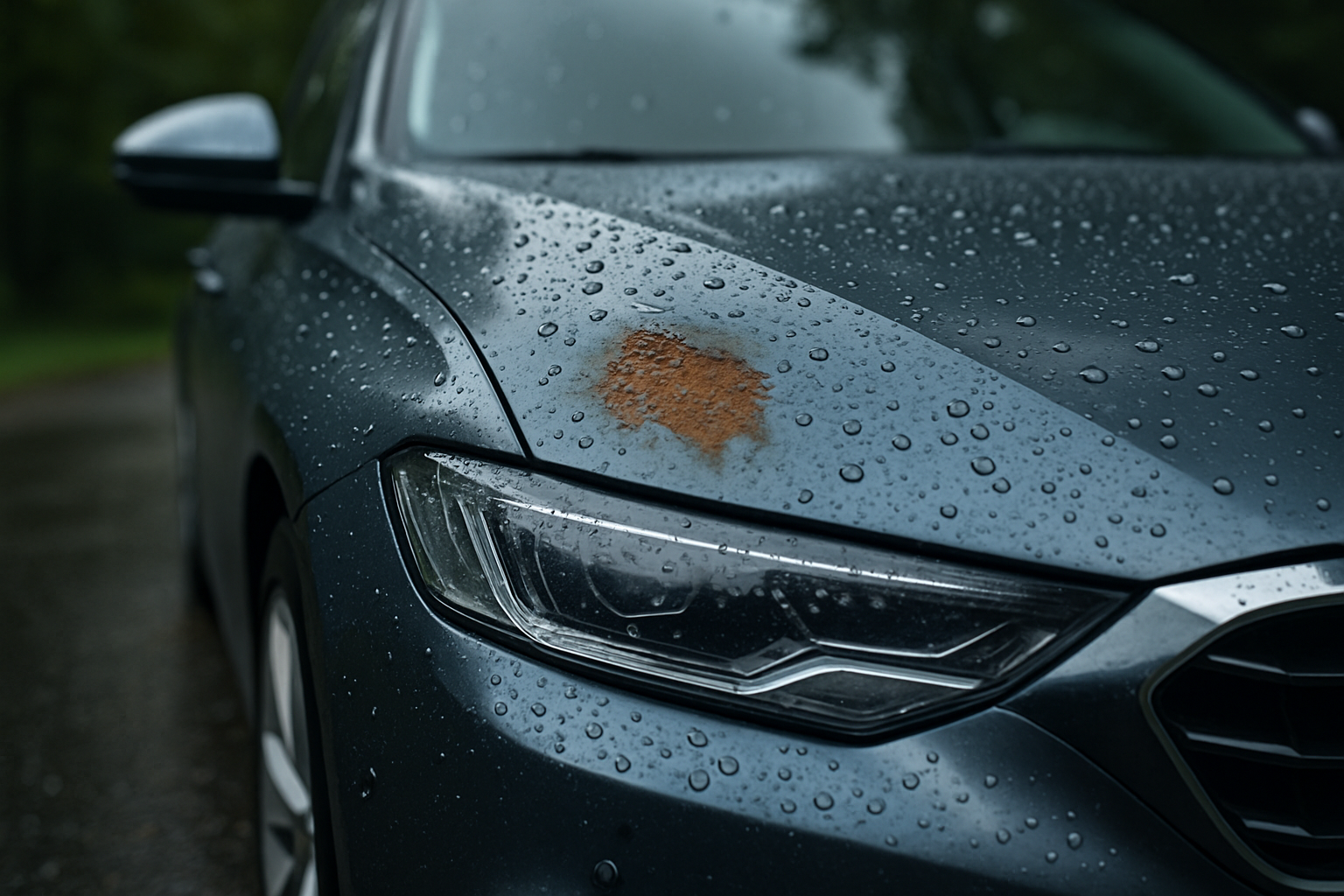The Intricacies of Automotive Paint: More Than Just Aesthetics
Automotive paint, the vibrant yet seemingly simple final touch to a vehicle, is often dismissed as a mere aesthetic feature. However, it plays an integral role in the protection and longevity of a car. It's a focal point of technological advancements and an area that continues to evolve, with major implications for the automotive industry.

The Evolution of Automotive Paint Technology
The history of automotive paint is as colorful as the hues it offers. Initially, cars were hand-painted, a process that was time-consuming and lacked durability. The discovery of quick-drying lacquer paints in the early 20th century revolutionized the industry, drastically improving application efficiency and durability. This was followed by the introduction of enamel paint in the 1930s, offering an even more resilient finish.
In the 1980s, the automotive industry shifted focus to environmental consciousness, leading to the development of water-based paints. These paints, while not as durable as their solvent-based counterparts, significantly reduced the emission of volatile organic compounds (VOCs), aligning with industry efforts to reduce environmental impact.
Current Trends: Eco-Friendliness and Technological Innovation
As sustainability continues to be a driving force in the automotive industry, paint manufacturers are striving to develop eco-friendly solutions that don’t compromise on quality. This includes the use of biodegradable materials in paint production and innovative techniques that reduce energy consumption during application.
In addition to environmental considerations, recent advancements in automotive paint technology focus on enhancing functionality. For instance, self-healing paint, which can repair minor scratches and chips by itself, is becoming increasingly popular. Similarly, heat-reflective paint that can help to regulate a car’s internal temperature is gaining traction.
The Impact of Automotive Paint: Protection, Preservation, and Perception
Automotive paint is more than just a car’s outer shell; it’s a protective barrier against environmental elements such as UV radiation, moisture, and corrosive substances. A well-maintained paint job can extend a car’s lifespan by preventing rust and corrosion, which can compromise structural integrity.
Furthermore, paint plays a crucial role in a car’s resale value. Aesthetic appeal directly influences buyer perception, and a well-maintained paint job can significantly increase a vehicle’s market value.
Challenges and Future Directions
Despite the advancements, challenges persist. The quest for eco-friendly paint that matches the durability and finish of traditional paint is ongoing. Furthermore, the high cost of innovative paints, such as self-healing and heat-reflective varieties, may deter average consumers.
Looking ahead, we can expect further advancements in paint technology, driven by sustainability goals and consumer demand for increased functionality. One promising avenue is the development of smart paint, capable of changing color based on external conditions or user preference.
A Colorful Future Ahead
Automotive paint is an integral component of a car, serving not just an aesthetic purpose but playing a vital role in protection and preservation. As the industry continues to innovate, the humble can of automotive paint will continue to hold its own, reflecting the changing trends and technological advancements of the automotive world. It’s clear that the future of automotive paint is as bright and colorful as its palette.





